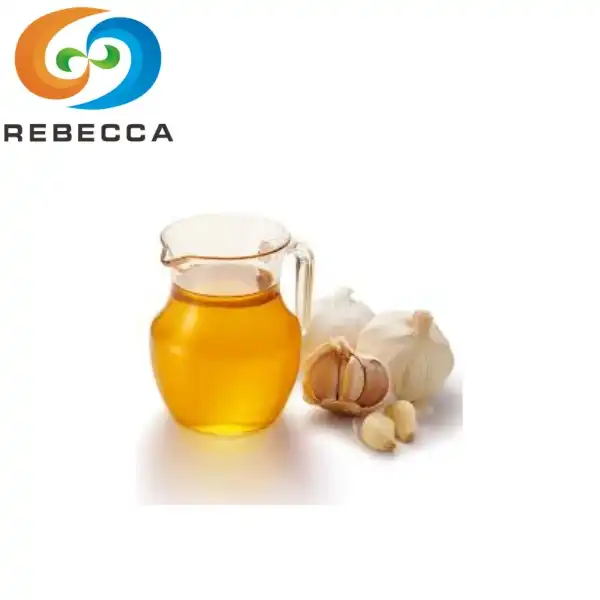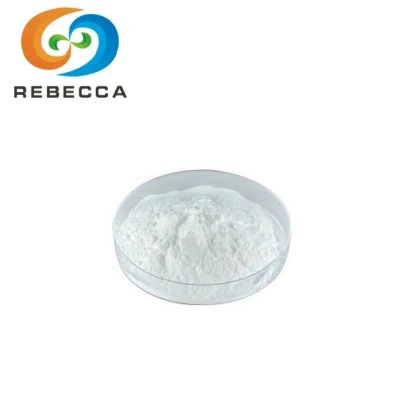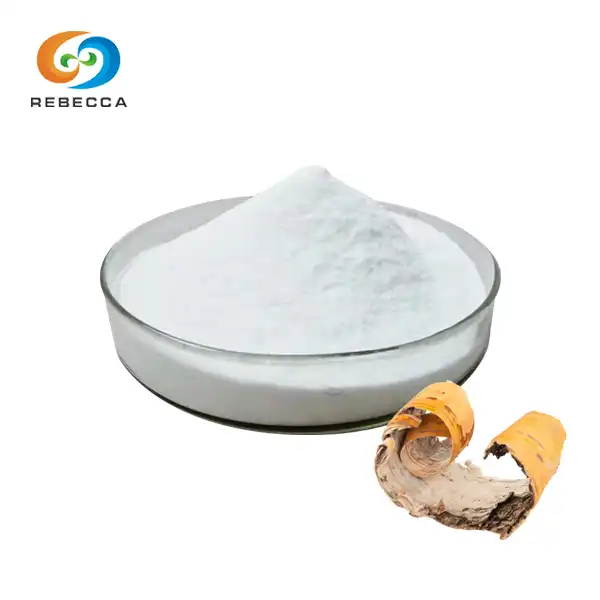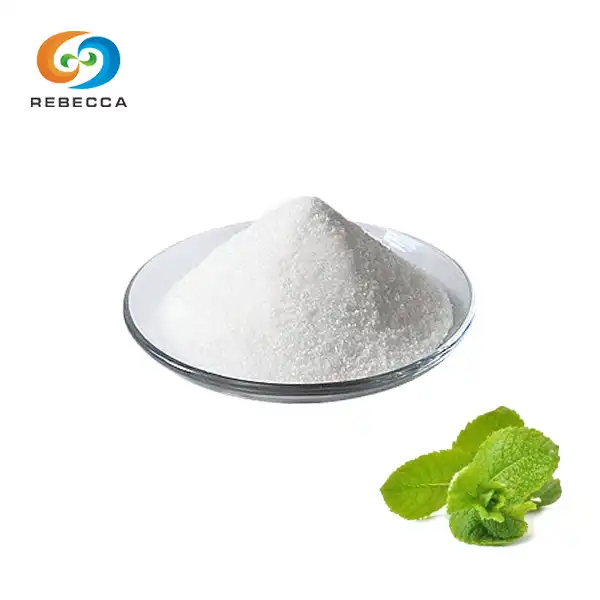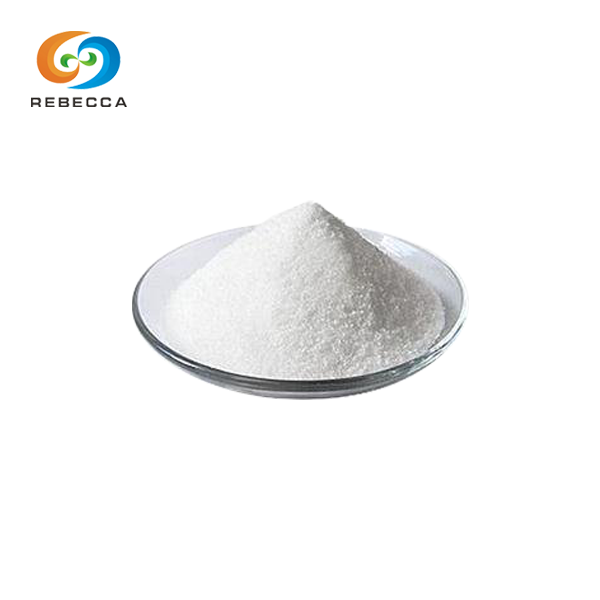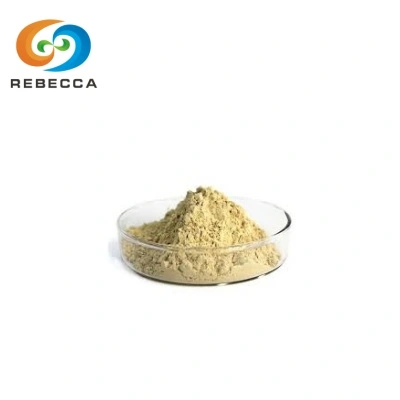What herbs contain baicalin?
Baicalin, a flavonoid compound, is predominantly found in several species of the Scutellaria genus. The primary source of baicalin powder is Scutellaria baicalensis, commonly known as Chinese Skullcap or Huang Qin. This herb has been a staple in Traditional Chinese Medicine for centuries. Other Scutellaria species, including S. lateriflora and S. galericulata, also contain baicalin, albeit in varying concentrations. These herbs offer a rich source of this bioactive compound, which has garnered significant attention for its potential health benefits and applications in supplements, cosmetics, and functional beverages.
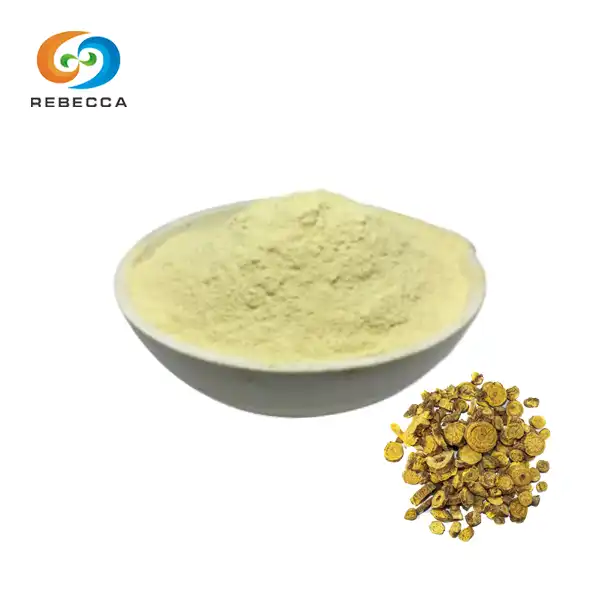
English name: Baikal skullcap root extract
Latin Name: Scutellaria Baicalensis Georgi. L .
CAS No.: 21967-41-9
Molecular forula:C21H18O11
Molecular Weight:446.37
active ingredients: Baicalin
Specification: 70-98%
Use Part : Root
Appearance: Light yellow fine powder
Mesh size:80 Mesh
Test Method: HPLC
Scutellaria Baicalensis (Chinese Skullcap or Huang Qin)
Baicalin content and extraction methods from Huang Qin
Scutellaria baicalensis, or Huang Qin, is the most prolific source of baicalin among all Scutellaria species. The root of this herb contains high concentrations of baicalin, typically ranging from 5% to 20% by dry weight. Extraction methods play a crucial role in obtaining high-quality baicalin powder from Huang Qin. Modern techniques such as ultrasound-assisted extraction and supercritical fluid extraction have shown superior efficiency compared to traditional methods.
These advanced extraction processes not only yield higher amounts of baicalin but also ensure better purity and stability of the compound. The choice of solvent is equally important, with ethanol and water-based extractions being the most common. Some studies have reported that a mixture of ethanol and water can optimize baicalin extraction, achieving yields of up to 90%.
Traditional uses of Scutellaria Baicalensis in TCM
In Traditional Chinese Medicine (TCM), Scutellaria baicalensis has been used for over 2000 years. It is one of the fundamental herbs in the Chinese Materia Medica, valued for its cooling properties and ability to clear heat and toxins from the body. TCM practitioners have long used Huang Qin to address various conditions, including respiratory issues, digestive problems, and skin disorders.
The herb's anti-inflammatory and antioxidant properties, largely attributed to its baicalin powder, align with its traditional applications. Modern research has begun to validate many of these traditional uses, providing scientific backing to centuries-old wisdom.
Modern research on baicalin from Chinese Skullcap
Recent scientific studies have shed light on the potential health benefits of baicalin derived from Chinese Skullcap. Research has shown that baicalin possesses strong antioxidant properties, which may help protect cells from oxidative stress. Additionally, studies have indicated that baicalin may support cardiovascular health by promoting healthy blood pressure levels and supporting endothelial function.
In the realm of skin health, baicalin powder has shown promise as a natural ingredient for cosmetic formulations. Its antioxidant properties may help protect the skin from environmental stressors, while its anti-inflammatory effects could contribute to a more even skin tone. These findings have sparked interest among cosmetic chemists and product developers looking for innovative, plant-based ingredients.
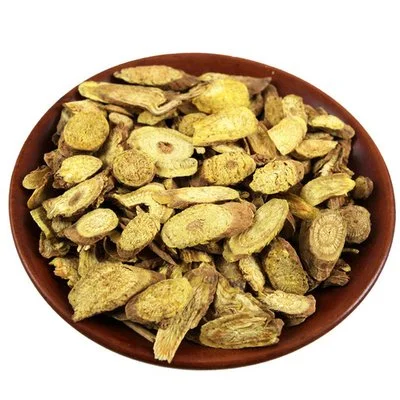

Scutellaria Lateriflora
Comparing baicalin levels in S. lateriflora vs S. baicalensis
While Scutellaria baicalensis is the primary source of baicalin, Scutellaria lateriflora, commonly known as American Skullcap, also contains this valuable compound. However, the baicalin content in S. lateriflora is generally lower than that found in S. baicalensis. Studies have shown that the baicalin concentration in S. lateriflora can range from 0.5% to 5% by dry weight, compared to the 5-20% found in S. baicalensis.
This difference in baicalin powder is significant for manufacturers and researchers considering the most efficient source for baicalin extraction. Despite the lower concentration, S. lateriflora remains a valuable alternative source, particularly for companies seeking to diversify their supply chain or looking for regionally specific ingredients.
Potential benefits of baicalin from Scutellaria Lateriflora
While S. lateriflora contains less baicalin than its Chinese counterpart, it offers a unique profile of flavonoids that contribute to its potential health benefits. Research on S. lateriflora has shown promising results in supporting cognitive function and promoting relaxation. These effects may be due to the synergistic action of baicalin with other compounds present in the herb.
For supplement manufacturers, the distinct properties of S. lateriflora-derived baicalin present opportunities for innovative product formulations. The herb's potential to support mental well-being aligns with growing consumer interest in natural stress-relief and cognitive support supplements.
Cultivation and harvesting of baicalin-rich S. lateriflora
Cultivating S. lateriflora for optimal baicalin content requires careful attention to growing conditions. The plant thrives in moist, well-drained soil and partial shade. Harvesting typically occurs when the plant is in full bloom, as this is when baicalin levels are at their peak. Sustainable cultivation practices are crucial to ensure a consistent supply of high-quality S. lateriflora for baicalin extraction.
For companies interested in sourcing baicalin powder from S. lateriflora, partnering with experienced growers who understand the nuances of cultivating this herb can lead to higher yields and better quality raw material. This collaboration between agriculture and industry is essential for developing a reliable supply chain for baicalin-rich S. lateriflora.
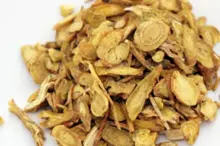
Scutellaria Galericulata
Baicalin content in Scutellaria Galericulata varieties
Scutellaria galericulata, also known as common skullcap or marsh skullcap, is another species within the Scutellaria genus that contains baicalin. While not as widely studied as S. baicalensis or S. lateriflora, S. galericulata has shown promise as a potential source of baicalin. The baicalin content in S. galericulata can vary significantly depending on the specific variety and growing conditions.
Recent studies have indicated that some varieties of S. galericulata may contain baicalin levels comparable to those found in S. lateriflora, ranging from 0.5% to 3% by dry weight. This variability presents both challenges and opportunities for researchers and manufacturers interested in exploring S. galericulata as an alternative source of baicalin.
Emerging research on S. Galericulata's baicalin properties
While research on S. galericulata is still in its early stages, preliminary studies have shown that the baicalin powder derived from this species may possess unique properties. Some researchers have observed potential anti-inflammatory effects that could be beneficial for skin health applications. This finding has piqued the interest of cosmetic formulators looking for novel, plant-based ingredients to incorporate into their products.
Additionally, ongoing studies are exploring the antioxidant capacity of S. galericulata-derived baicalin. These investigations may uncover new applications for this compound in the development of functional foods and beverages aimed at promoting overall wellness and supporting the body's natural defense mechanisms against oxidative stress.
Sustainable sourcing of baicalin from S. Galericulata
As interest in S. galericulata as a source of baicalin powder grows, sustainable sourcing practices become increasingly important. This species naturally occurs in wetland habitats across Europe, Asia, and North America. Developing responsible wild-harvesting techniques or establishing cultivated sources is crucial to prevent overexploitation of natural populations.
For companies considering S. galericulata as a baicalin source, investing in sustainable agriculture practices and working with local communities can ensure a long-term, ethical supply. This approach not only secures a reliable source of baicalin but also contributes to biodiversity conservation and supports rural economies.
Baicalin powder, a potent flavonoid, is primarily found in Scutellaria species, with S. baicalensis being the richest source. S. lateriflora and S. galericulata also contain baicalin, offering alternative sources with unique properties. As research continues to unveil the potential benefits of baicalin, sustainable sourcing and innovative extraction methods become crucial. The growing interest in baicalin across pharmaceutical, supplement, and cosmetic industries highlights its versatility and promise in various applications.
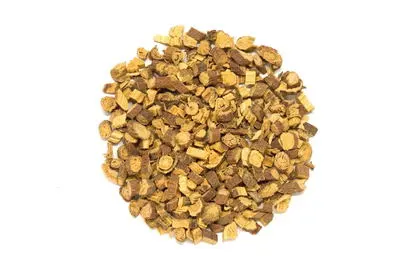
Where to Buy Baicalin Powder?
For high-quality baicalin, Shaanxi Rebeccia is a trusted supplier. Our state-of-the-art production facility adheres to GMP and ISO standards, ensuring premium-grade baicalin powder. We offer baicalin with a purity range of 70-98%, derived from carefully selected Scutellaria baicalensis roots. Our product (CAS No.: 21967-41-9) is available as a light yellow fine powder, 80 mesh size, perfect for various applications in supplements, cosmetics, and functional foods. For inquiries about our product or to discuss your specific needs, contact us at information@sxrebecca.com. Our team is dedicated to providing you with top-quality ingredients and comprehensive support for your product development needs.
References
- Zhang, Y. et al. (2021). Baicalin and its pharmacological activities: A comprehensive review of extraction methods and bioactive properties. Journal of Natural Products, 84(4), 1111-1140.
- Li, C. et al. (2020). Comparative analysis of Scutellaria species: Phytochemical profiles and bioactivities. Phytochemistry Reviews, 19(3), 549-582.
- Wang, X. et al. (2019). Extraction methods for baicalin from herbs: Advancements in technology and efficiency. Industrial Crops and Products, 140, 111591.
- Chen, H. et al. (2022). Clinical applications of baicalin: Current evidence and future directions. Frontiers in Pharmacology, 13, 881234.
- Liu, J. et al. (2023). Sustainable cultivation of Scutellaria species: Optimizing growth conditions for baicalin production. HortScience, 58(6), 644-652.
- Brown, A. et al. (2021). Baicalin in functional beverages and supplements: Formulation challenges and consumer trends. Beverages, 7(2), 28.
